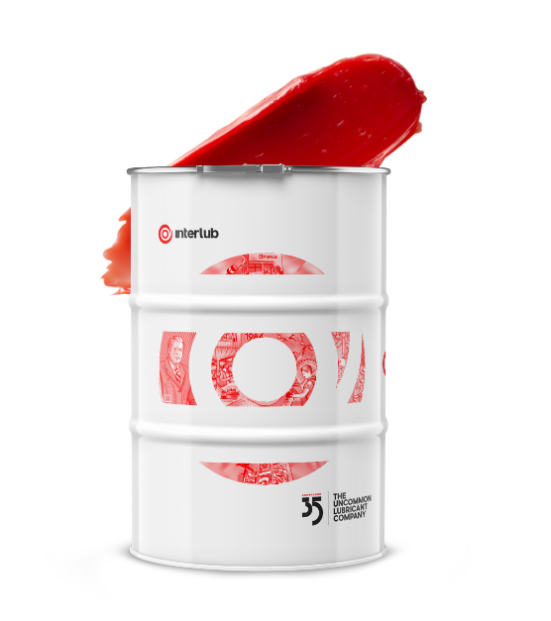This is quite FUD-ish when written abstractly without comparing actual numbers. Are we comparing running 0w-20 vs 0w-70? Then yes, I'm sure at that point you're too think and damaging something.
If you're comparing running 0w-20 vs 0w-30, then no you will not damage anything. Viscosity is not a single number, it's a curve that follows temperature. It's extremely thick/viscous at -30C and very thin at 100C. Which means running a 0w-20 at -30 is far far thicker than running a 0w-30 at 70C. See chart below.
Furthermore, we can test for wear in an engine by reading UOA reports, and I've run everything from 5w-20 to 0w-40, and believe it or not the highest amounts of copper/iron in my oil were the one time I ran 5w-20. The 0w-40 did not have the lowest numbers, but it was a different brand of oil (for a start) and was also used while towing while the 5w-20 was just daily driven.
Chart generated at this site:
Use this tool to know the viscosity curves of up to 4 lubricating oils at the same time.

interlub.com
Just type in the properties of your oils and compare up to 4 different ones, this is HPL Premium Plus 0w-20 (blue) vs 0w-30 (red) and note how massive that viscosity swings below freezing temps (chart is in degrees celcius, 0 is freezing 100 is boiling)
View attachment 172561














